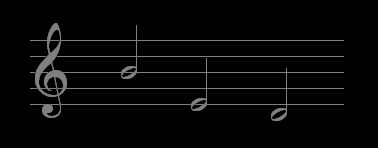OPUS DISSONUS

----------------------------------------------------------------
| **************************** |

 In 2011 I heard about Stuart pianos for the first time as I was invited to go to Newcastle/Australia and try the pianos and make recordings and concerts. The first impression was that his pianos were too difficult to play and control, and I had no idea on how to make it in a few days for recordings and concerts. So I spent the next 2 days playing in the Stuart pianos factory all the day long, and finally I found its touch and tone. The Stuart pianos are not just about the range of keys, but also the expressiveness, the huge FFFFFF to the softest PPPPPP which can be heard clearly in the end of the biggest concert hall you may have. Also there is the 4th pedal, which is the so called “dolce” and moves like the left pedal from the upright pianos. The combination with the “dolce” and the “una corda” (you can use both with the same foot) makes a kind of sound impossible to find in any other piano in the world. I had the chance to visit the Stuart's factory a second time in 2012 and play for some weeks on the different pianos they have in the factory. I still think there are a lot of things to learn about this piano, but I have no doubts this is the new generation of pianos for the XXI Century. During my discussions with Wayne Stuart about piano future and piano making he told me about the possibility of a complete 8 octaves piano from C (below the A in the bass) to B (after the C on the top), because of the new kind of strings we have now. Actually I played a Stuart piano with these new strings and the sound is very rich and powerful. Just after this discussion I was inspired and started a new composition using the complete range of 108 keys: a new “Eccentric Prelude”, as I called some pieces of mine, which I finished just some days after that. Returning home I had in my hands the manuscript of my Sonata op.3 and started a revision on it. It was amazing to see that the B-note was possible in the first planned version of the piece but not used probably because in 2006 I couldn't believe there will be a piano with such note. The challenge now is to change the musical world's way of thinking. Usually the news and evolutions are not welcome, and the number of Stuart pianos is still small, 54 or so, for pianos with 97 keys (F to F) and 102 keys (C to F). Stuart pianos can be the next standard, no doubts, and we just need 6 more extra top notes to be in the practical limits of the instrument (forever?). Artur Cimirro 25/01/2013 This article was first published at: http://pianoinforum.blogspot.com.br/2012/12/artur-cimrro-and-stuart-sons-piano.html |
**************************** |
